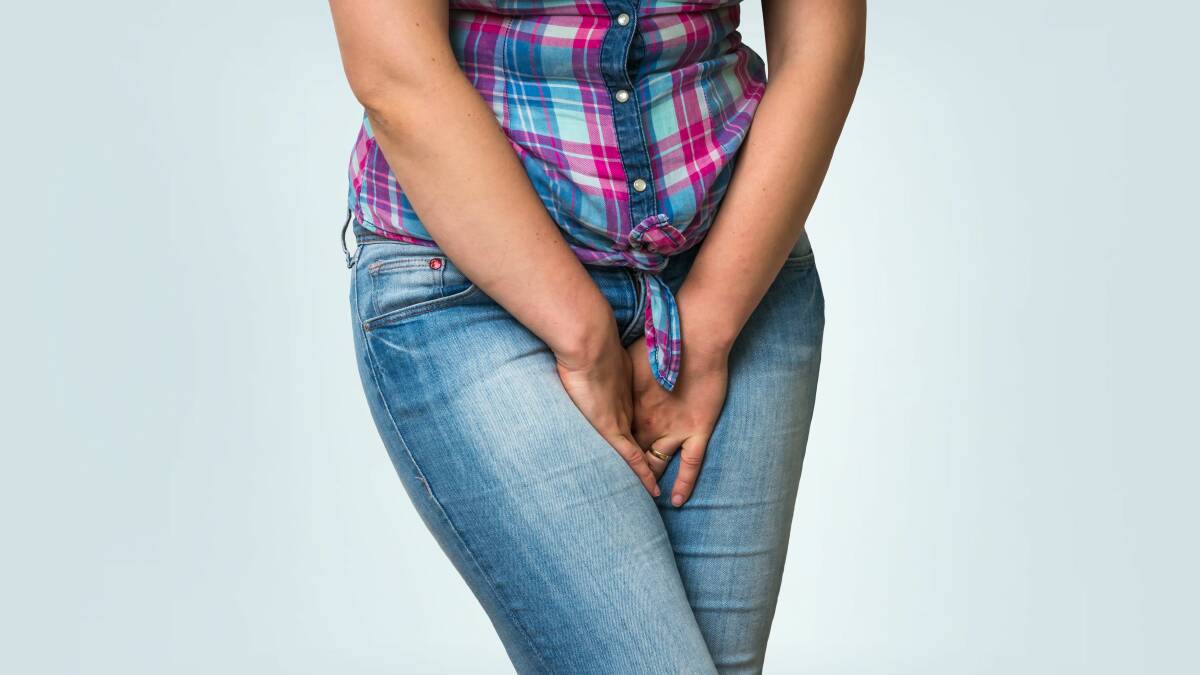
Women's Health Week was celebrated around Australia from September 2-6, with emphasis not just on the physical aspects of a woman but also the mental and emotional changes and waves women go through.
Subscribe now for unlimited access.
$0/
(min cost $0)
or signup to continue reading
As much as the world has progressed, there are still a number of things that are seen a social taboo, kept under wraps and expected to be dealt with behind closed doors, alone and ashamed.
One of the things we are going to talk about is incontinence.
Women who have gone through pregnancy and more likely to leak and experience some form of incontinence post child birth.
The more babies you have, higher the incidence rate of having a weak pelvic floor leading to leakage when you run, cough or even sneeze.
Talk about having a hard life.
Our pelvic floor muscles help keep the bladder shut and other organs in place.
After childbirth, the muscles are stretched as the baby comes down the birth canal.
Leaking is likely to stop with retraining the pelvic floor muscles to regain their strength.
This is important after every child you have, as it's likely to get worse with every baby you have and as you age as well, eventually, quite possibly leading to an uterine prolapse.
The key is to retrain your pelvic floor muscles and get them working properly and keep them working properly.
What you should be feeling when you do your pelvic floor exercises is a tightening or squeezing around your back passage, front passage and urethra and then a drawing up inside at the same time, without using your buttock muscles and without moving your legs and back.
It is just as important to feel the muscles completely release. Pelvic floor muscles work in synergy with the deep abdominal muscles.
Pelvic floor retraining involves exercising daily.
Try and hold the squeeze and lift as you count to eight.
Now, let go and relax.
You should have a distinct feeling of "letting go".
Aim for up to a limit of eight to 12 squeezes.
It may take time to build this up. With a rest in between, aim to build to do three sets each day.
Remember fewer good squeezes are better than a lot of halfhearted ones.
If you are not sure that you are doing the squeezes right don't hesitate to ask for help from your doctor, physiotherapist, or continence nurse advisor.
References: National Continence Foundation.

